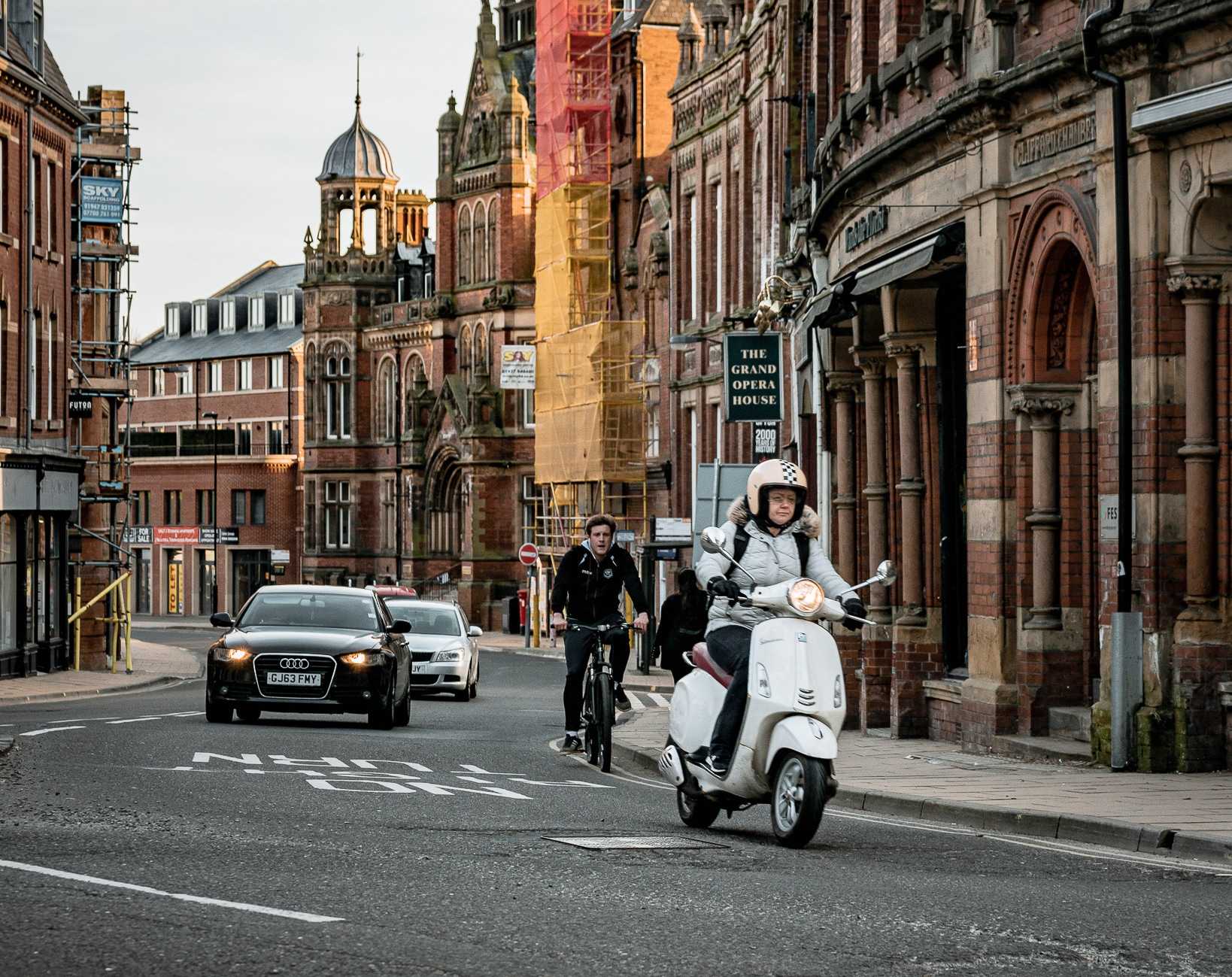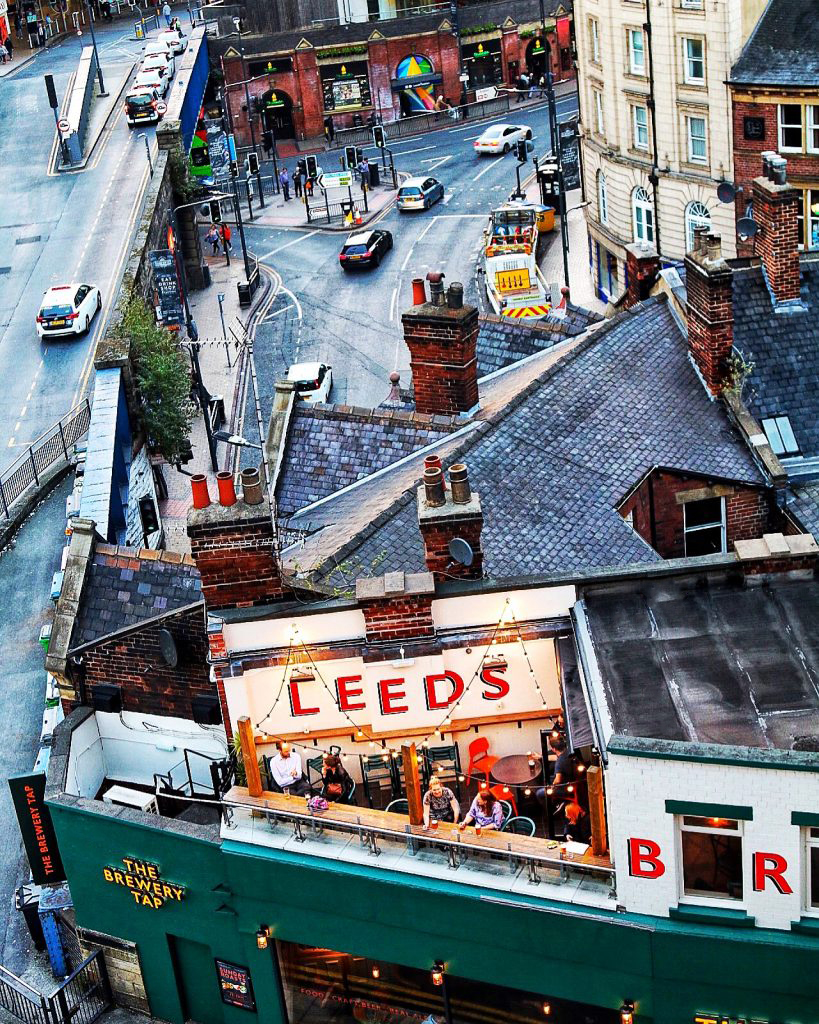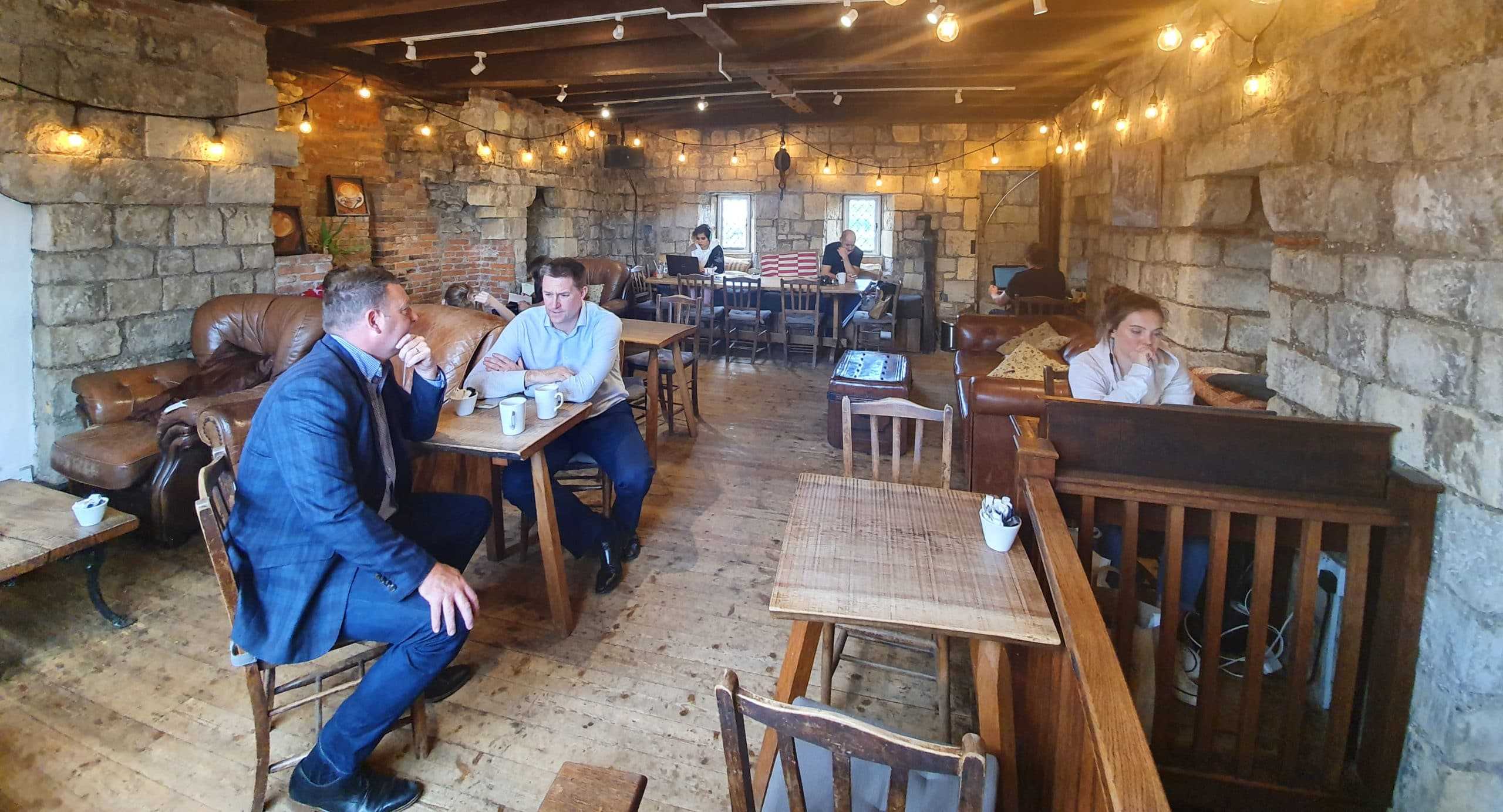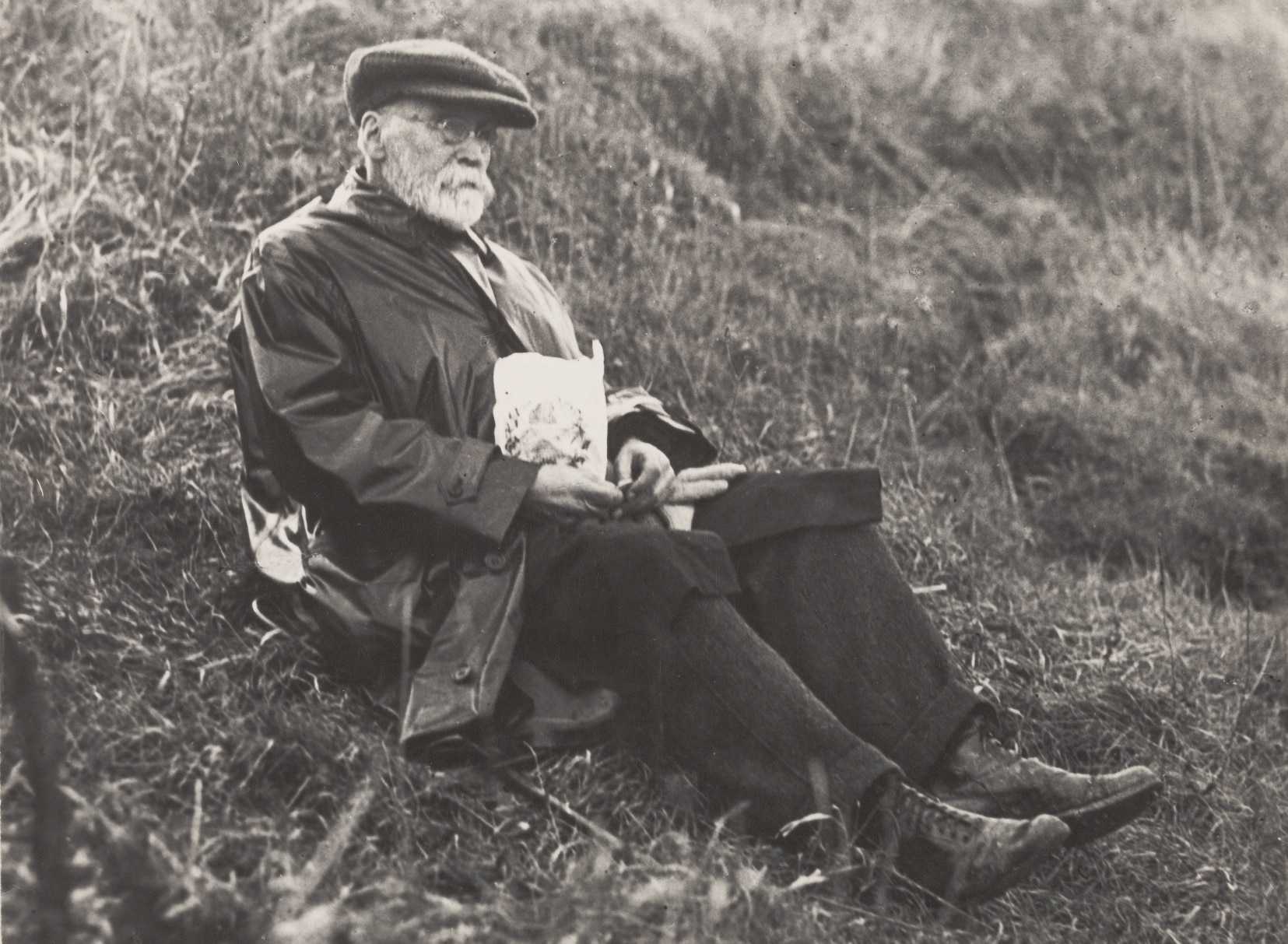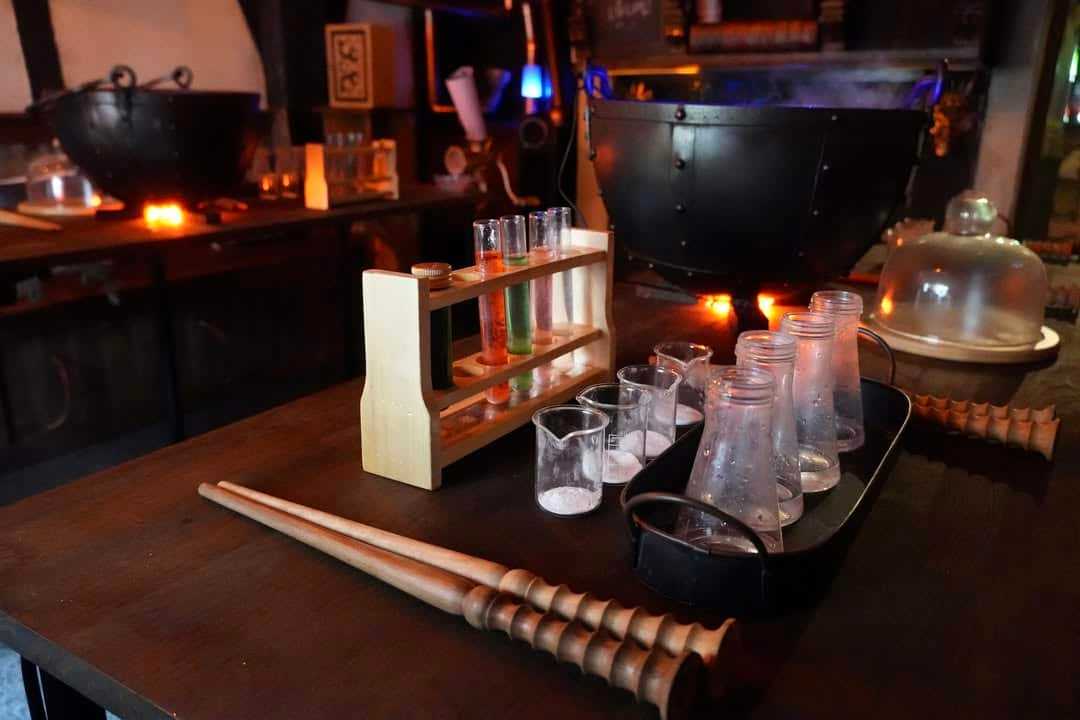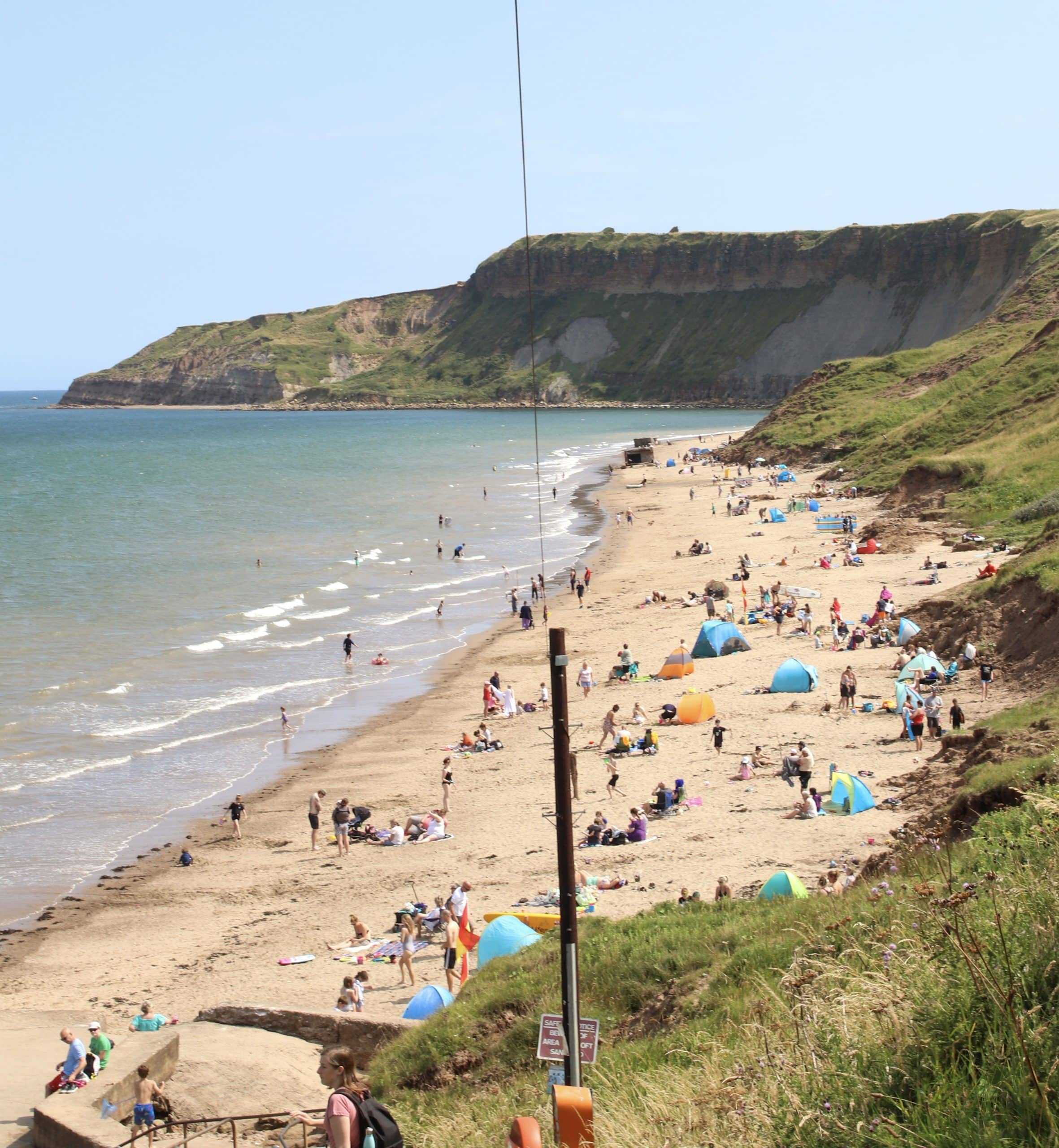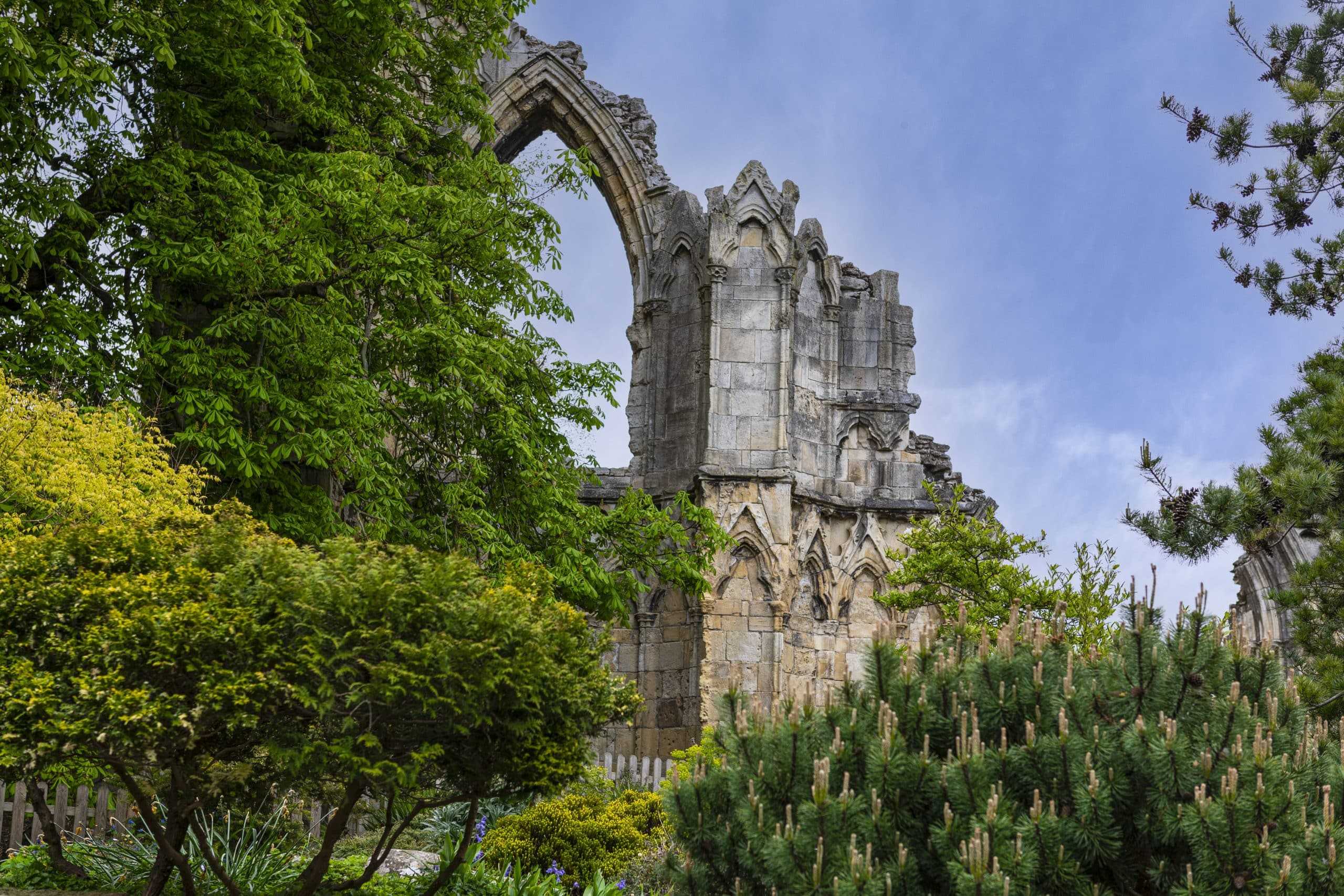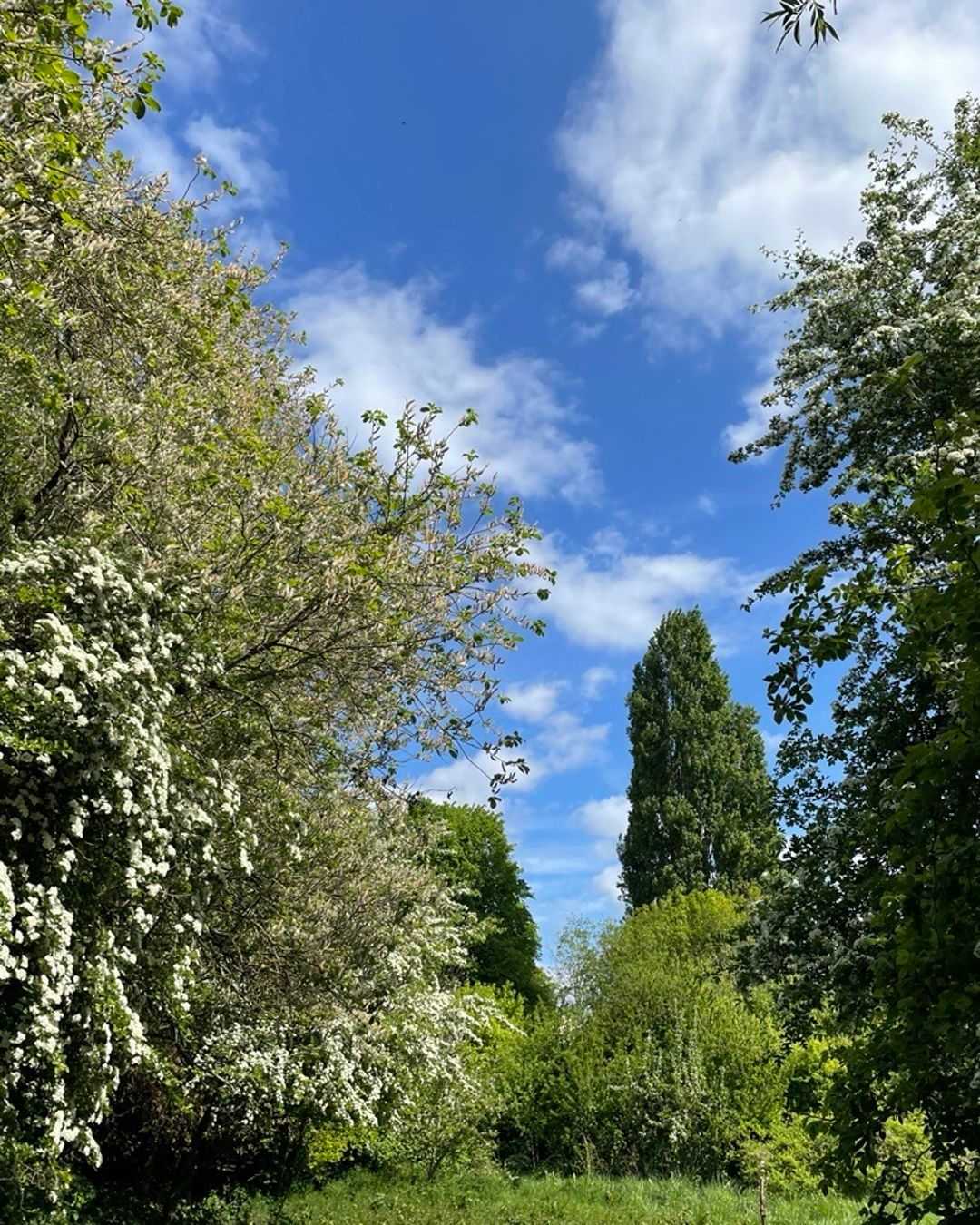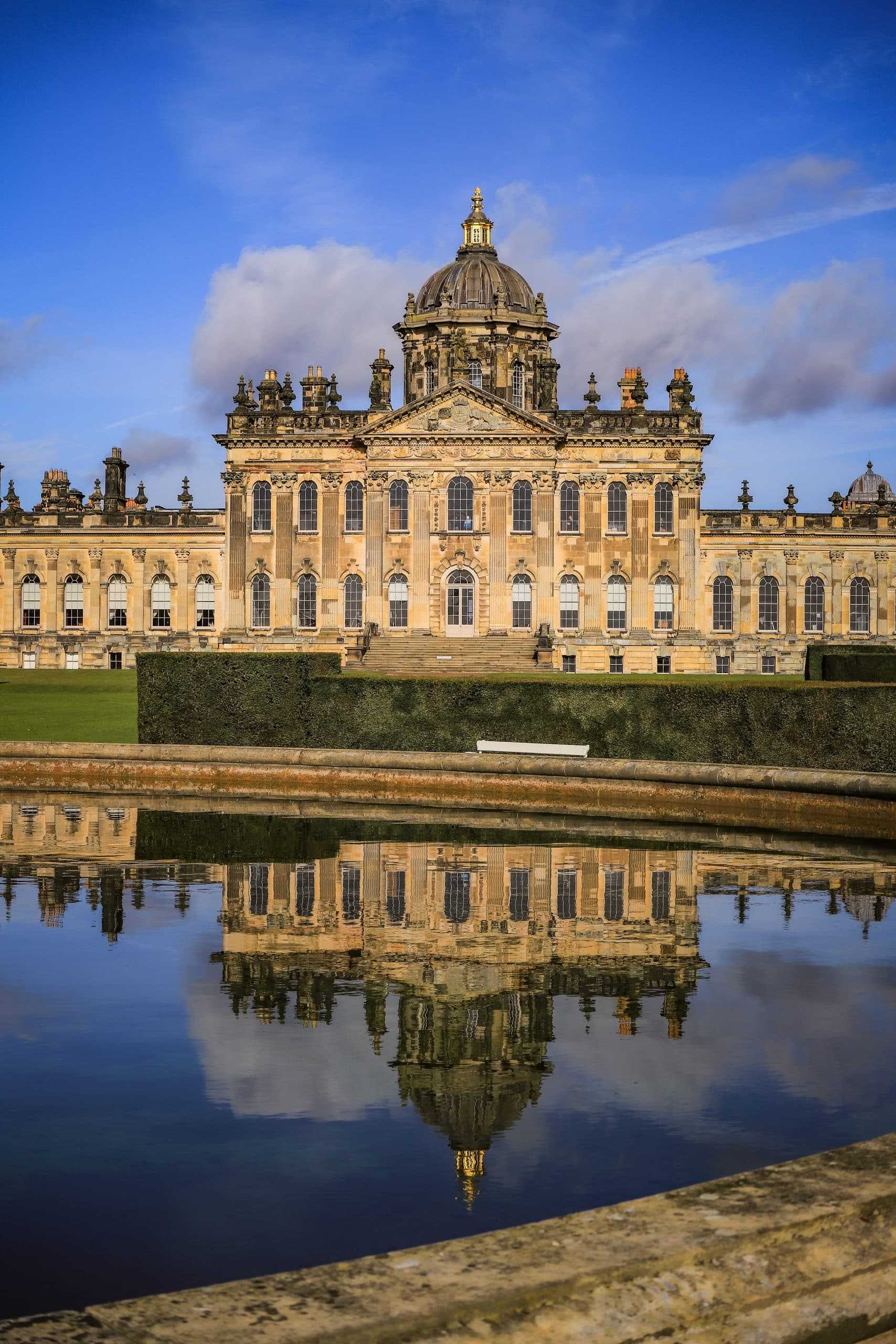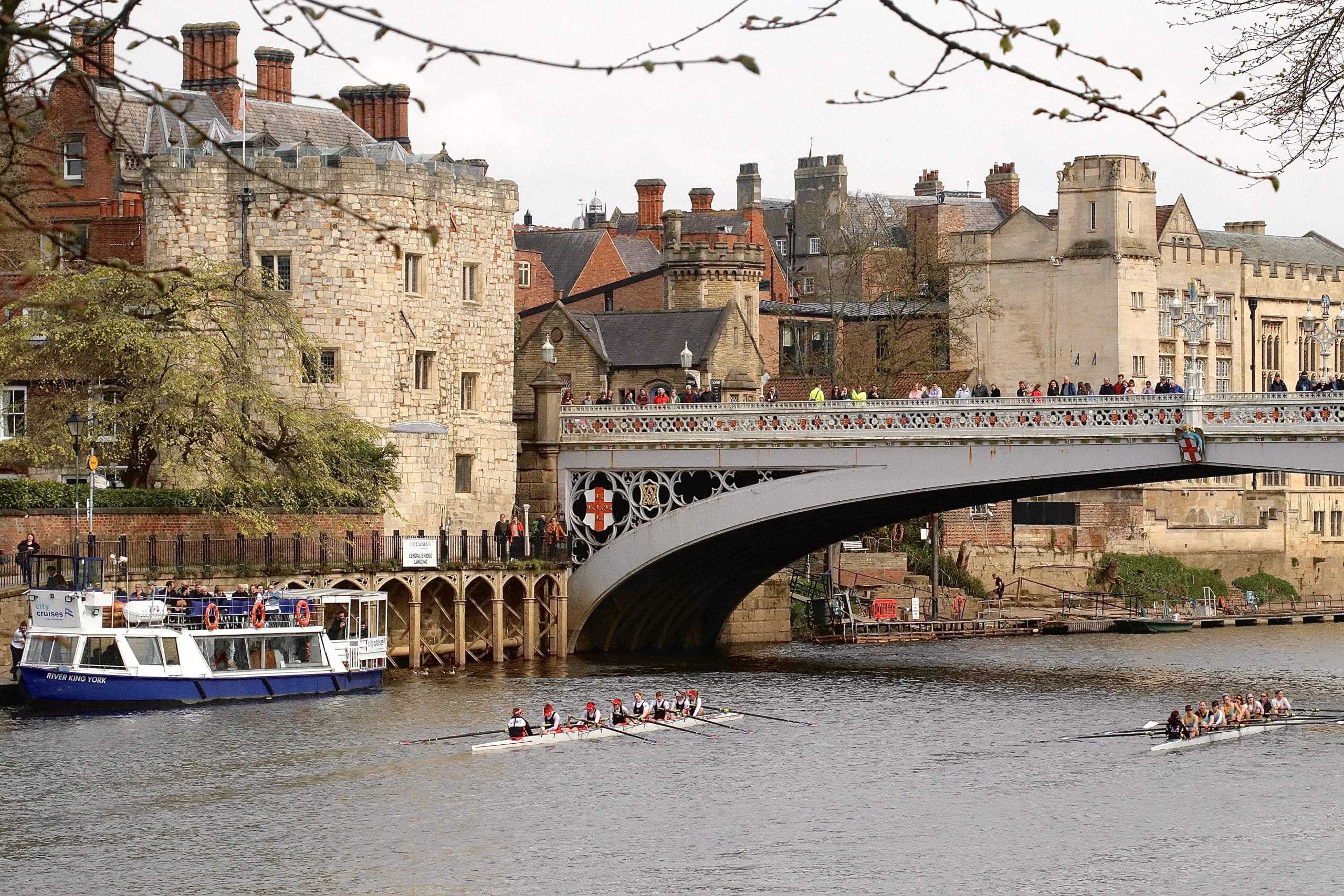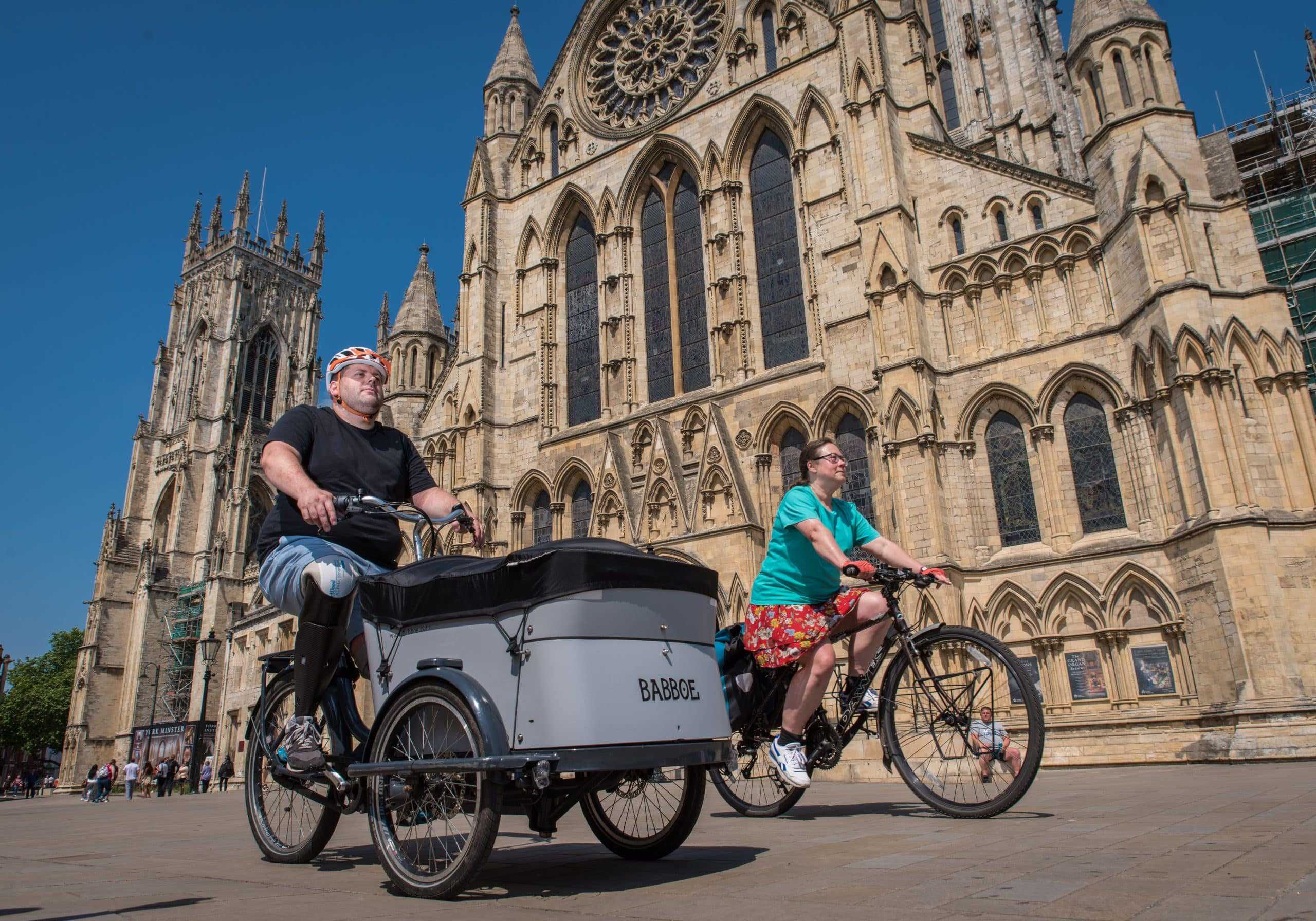If you’re anything like us, you’ll be savouring this first taste of freedom after what felt like an eternity of being house-bound; enjoying the trips that are just a little bit further out, and making the most of the spaces we have missed so dearly.
We believe that lockdown, for many of us, has instilled within us a newly-found appreciation for some of the venues and spaces we regularly visited before the pandemic; stopping to take in our surroundings and appreciating what they mean not only to ourselves, but everyone around us that we share them with.
One of the ways we can do this is by discovering what our much-loved York venues were before they were just that! And so, here we have given you a guided tour to learn the history of Yorks’ buildings, discovering their former purposes.
We can’t think of a better way to do this tour than to do it by bus; using First Bus’ First Summer Day mTicket, which lets you and 4 others enjoy unlimited travel across York for the whole day, you can spend the weekend discovering Yorks’ past with your family and friends.
(We’d recommend sitting on the top deck to get the full view of all of York’s beautiful buildings whilst you’re at it!)
So without further ado, let the tour commence!
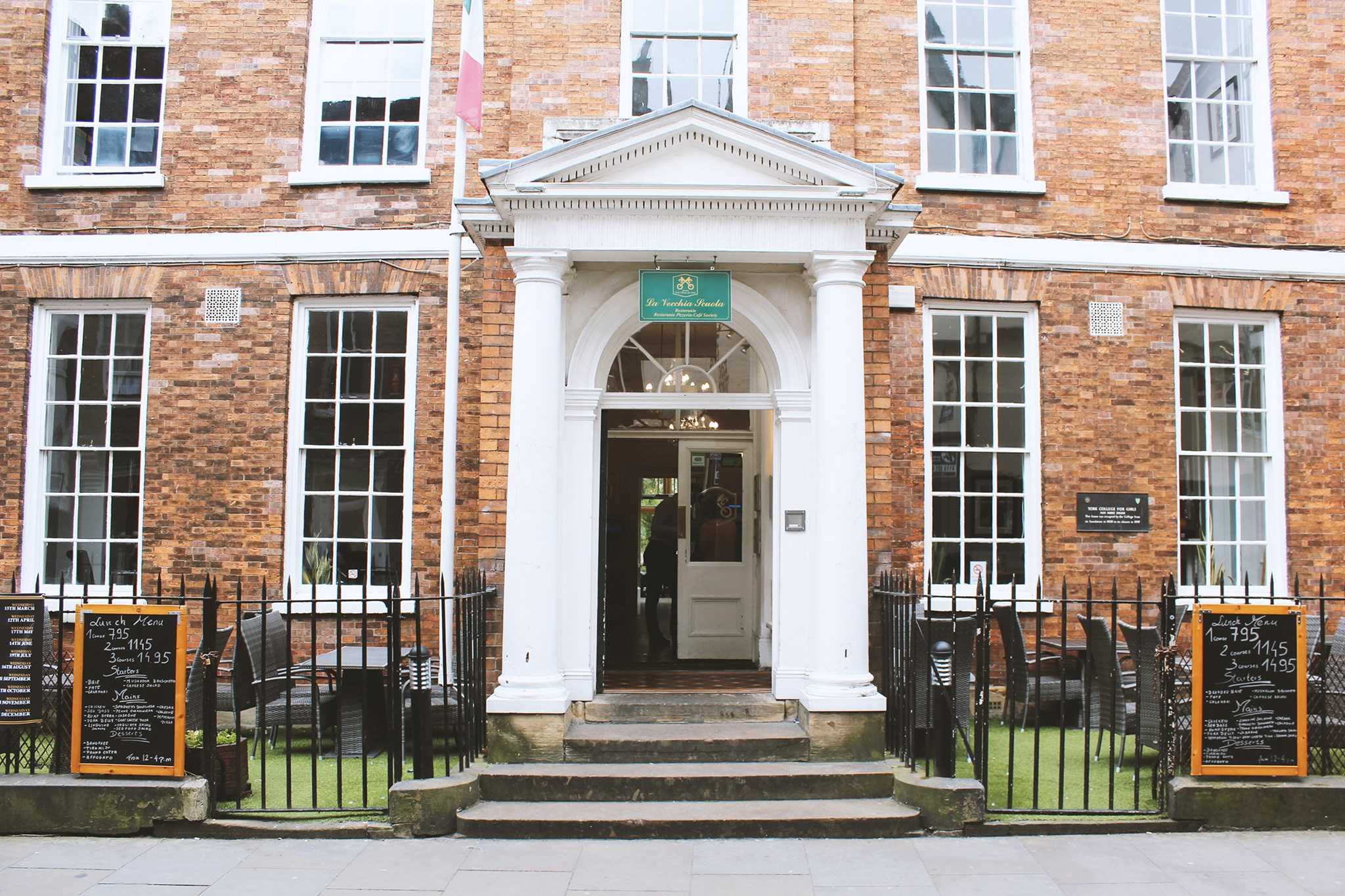
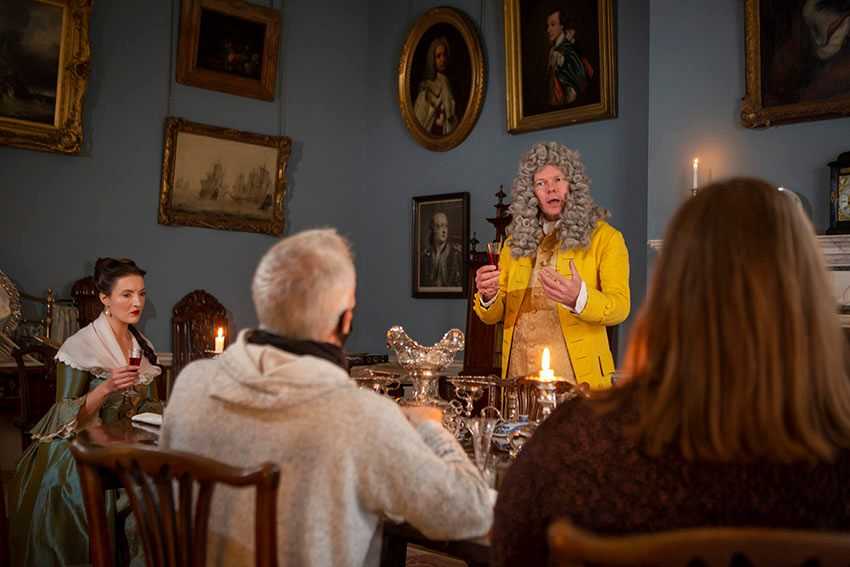
La Vecchia Scuola
Before it became the much-loved authentic Italian restaurant that is La Vecchia Scuola, 62 Low Petergate was the address of York College for Girls; and before that it was a doctor’s residence, and even before that it was the home of a lawyer who worked for the Church of England.
York College for Girls was established in the early 1900’s, and throughout the 20th century, was responsible for educating some of the most important women in Britain, including Dame Janet Baker, the internationally renowned mezzo soprano (the college had a fantastic reputation for its music department). Ranked the top school in York, the college has many famous former pupils including doctors, solicitors and university lecturers.
Now, as a successful combination of daytime coffee spot, and evening restaurant, you won’t be hard-pressed to find school memorabilia, including photos, records, cuttings and even books written by former pupils dotted around the venue.
62 Low Petergate, York YO1 7HZ
Bus stop: Theatre Royal (EF)
31 Castlegate
31 Castlegate is an unassuming premises which once housed the office of the renowned English Architect, George Townsend Andrews. Originally born in Exeter, and with roots in Jamaica, George learnt basic architectural skills from his Dad, before becoming a pupil of Peter Frederick Robinson, a fashionable architect living in London.
In 1825, Robinson won a competition for designing the expansion of York County Gaol at York Castle, and chose George to supervise the project as his partner – establishing George’s new base in York.
However, arguably the most influential person in George Townsend Andrews life was in fact George Hudson, also known as the ‘Railway King’. After being introduced to Hudon, Andrews became involved in the promotion of York & North Midland Railway and Andrews is, to this day, widely-regarded for the buildings he designed for George Hudson’s railways.
However, Andrews’ architect’s practice in York did not confine itself to railway work, its other buildings including headquarters for two York-based banks and a number of churches. Andrews designed all the buildings, not only the stations, for the York and North Midland Railway from the middle of 1839 until the work dried up in 1849 following the downfall of George Hudson. Andrews later went on to design all the buildings for the Newcastle and Darlington Junction Railway and the Yorkshire buildings of the York, Newcastle and Berwick Railway.
Now, Andrews’ former office is home to one of the leading restaurants in York, 31 Castlegate, which offers fine dining and contemporary European cuisine. Original features of the interior still remain, with private rooms, original fireplaces, exposed beams, and many other period decor features which pay homage to the building’s architectural past.
31 Castlegate, York YO1 9RN
Bus stop: Clifford’s Tower
Fairfax House
Owning the title of ‘the finest Georgian town house in England’, Fairfax House was originally the winter home of Viscount Fairfax and his daughter The Hon. Miss Anne Fairfax. The Fairfax family were a long-established Yorkshire Catholic family who owned large amounts of land and property in the county. Their country estate and main residence was Gilling Castle, located in the village of Gilling East not far from Helmsley.
After the death of his father William Fairfax, Charles Gregory Fairfax, the ninth Viscount of Emley inherited the title and estates. Charles married twice in his life, losing his first wife Elizabeth within a year of marriage. He later married Mary Fairfax and together they produced 9 children – Anne was the only one to survive beyond the age of 17.
Sadly, Mary Fairfax also died in 1741 – only two years after the birth of their last child. By 1753 only the Viscount and Anne remained. To make sure his daughter was properly provided for, Charles purchased Fairfax House in 1759 and transferred the property into her name, before embarking on a complete re-model of the building interiors by local architect John Carr.
The Viscount and Anne enjoyed around a decade at Fairfax House, regularly hosting parties and gatherings, as well as taking a visual part in the city’s social life and attending dances at the assembly rooms and enjoying the races.
Following the Viscount’s death, Anne sold Fairfax House in 1772, and for many years the building continued to be used as a private residence, passing through numerous owners, until 1865 when it was used as a gentlemen’s club and Friendly Society. After that, the house became a cinema during the boom of motion pictures in the twentieth century, as well as a dancehall. Fairfax House was later saved from decay in the early eighties by the York Civic Trust who returned to its former glory.
Today, Fairfax House is a museum and an ode to life in Georgian York. The exterior and interior once more transports you to the splendour of city-living in the centre of polite society. The superb Noel Terry collection of furniture, clocks, paintings and decorative arts, described by Christie’s as one of the finest private collections of the twentieth century, perfectly complements the house, bringing it to life and creating a sense that the house is still lived-in. The museum has an ever changing and exciting programme of exhibitions, events, and tours for you to truly take in the expansive history of this building’s past lives.
Castlegate, York YO1 9RN
Bus stop: Clifford’s Tower
Gatehouse Coffee
Though it may not attract the same number of tourists as Monk Bar or Micklegate Bar, Walmgate Bar is the most well-preserved of all of York’s medieval city gates, and holds a rare title by being the only city gate to retain its barbican, portcullis. and inner door, despite being subject to numerous damages across centuries.
The first significant damage to Walmgate Bar took place during the Yorkshire Rebellion, an aborative revolt which took place in 1489. Walmgate Bar was set on fire during the revolt, and caused serious damage. The Bar was also heavily damaged by Parliamentary cannon in the 1644 Civil War Siege of York, as Cannon from Lamel Hill and St Lawrence churchyard bombarded the Bar. To repair the Bar, parliament granted the city £5,000 for the work in 1648.
During the following 200 years, house spaces within the city’s walls were at a premium and houses were subsequently built against the barbican. Like many other medieval cities, plans were mooted to pull down the barbican completely, due to the need of significant repairs. Thankfully, plans were altered in 1840, and the Bar was fully restored and the neighbouring houses were pulled down.
Although Micklegate and Monk Bar have now found a new purpose as museums, Walmgate Bar has found a new purpose of its own. Now home to an incredibly popular cafe and coffee shop, Gatehouse Coffee has a unique selling point unlike most other cafes, indoor seating inside the historic gatehouse, as well as along the barbican walkways.
Walmgate Bar, Walmgate, York YO10 2UB
Bus stop: Huby Court
Images: Gatehouse Coffee, La Vecchia Scuola, Fairfax House
